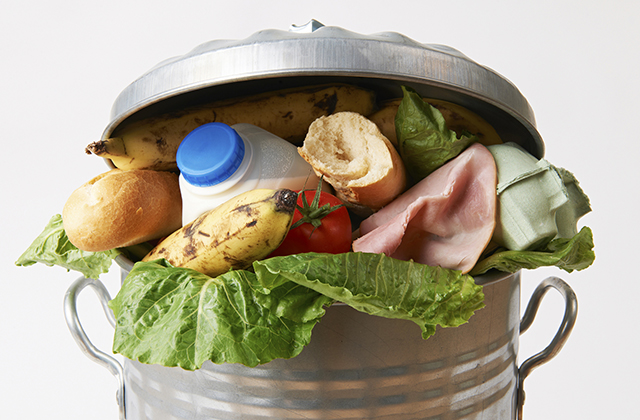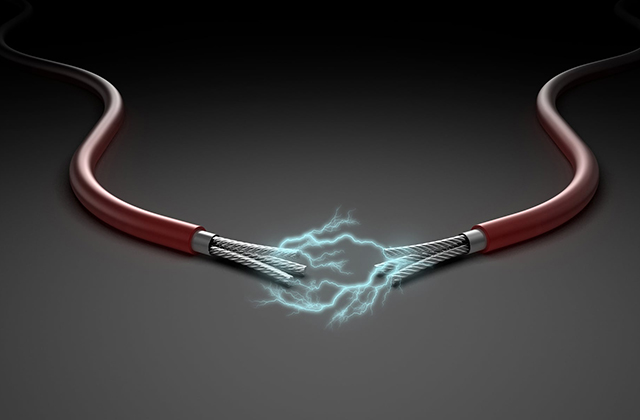In many areas of the United States, Labor Day signals the end summer and that makes pool owners turn their thoughts to closing the pool for the season. There still may be days available for leisurely time spent in the pool but they not be as plentiful so it’s time to think of the steps necessary to ready your pool for closure for the season. Rid yourself of that backyard eyesore and call the professionals pool removal Sydney for your pool removal project today
Here are our top 10 tips for pool closure:
1. Balance the pool’s water chemistry – Several days before you plan to close the pool, adjust your water balances within the following ranges: pH: 7.2 – 7.6; Alkalinity: 80 – 120 ppm; Calcium Hardness: 180 – 220 ppm Following your balancing of the pool’s chemical balances, you need to shock the pool with a chlorine shock or a non-chlorine shock of at least one pound per 10,000 gallons (follow package directions). Wait chlorine levels to return to 1.0 – 3.0 ppm before adding any winter algaecide and the pool cover.
2. Take out all pool accessories – Store all ladders, pool covers, toys, etc, in a safe location for the winter. Don’t coil your pool cleaner hoses too tightly.
3. Drain the pool – Reduce the pool water level by either using a submersible, or the filter pump, lower the pool level to between 12 and 18 inches below the skimmer for mesh covers and 3 to 6 inches below the tile for solid, floating covers.
4. All filter, pump, heat and chlorinating equipment must be drained – To prevent freezing and cracking you need to drain water from all equipment before storing. After draining, remove filters and clean thoroughly. If the filter and pump are small enough you can remove, clean and store indoors. If that isn’t an option, you might want to consider blowing out the remaining air with a shop vacuum.
5. Lube up the o-rings — It’s a good idea to lubricate the pump lid o-rings when you close up the pool. If the pool has a slide valve on the filter, lubricate its o-rings as well. Consider lubricating the threads on your gas heater as well.
6. Give the pool a thorough cleaning – Before you say good-bye to pool season for good, make sure the pool is given a thorough cleaning. Skim, vacuum and brush the pool. If your pool has a lot of algae or silt you may want to bypass the filter and manually vacuum the dirt from the pool – this will prevent your filter from clogging. Place the multiport filter valve on drain to waste position (usually 2pm, if viewed as a clock face) If you have a push-pull filter valve, or a cartridgetype filter there is no easy way to vacuum to waste, except for cutting the pipe coming out of the pump and then reconnecting afterwards. Brush the pool thoroughly. The pool should be as clean and clear as possible before covering.
7. Pool plumbing should be winterized – Make sure you undertake these pool winterization steps before closing up the pool: with in-ground pools you should blow out the lines from the skimmer, through the equipment and back to the pool. Once you’re done, plug the lines at the pool. If you don’t blow the lines, add Swimming Pool antifreeze to prevent cracking and breakage. Above ground pool owners usually just need to disconnect the hoses to and from the pump and filter, and plug the wall outlets.
8. Add winterizing algaecide and other floaters. – Don’t add algaecide and shock at the same time. This could result in the chlorine breaking down the algaecide.
9. Cover the pool – Once you’ve undertaken the steps above, now’s the time to cover the pool. To prevent the cover blowing off and debris getting in, a tight fit of your pool cover is essential. Your cover should not have holes or gaps where leaves and debris may enter. A mesh safety cover provides the highest protection. Solid pool covers do not offer as much protection and require a siphon to remove rain water or melting snow. Above ground pool covers use a cable device to secure the cover around the pool. You should drop in a few air pillows to help with the expansion of ice inside the pool. If you are located in an area that is prone to high winds, many above ground pool owners find wall bags or cover seals useful.
10. Sunbelt tips – If you’re fortunate enough to live in an area where the temperature rarely dips bellowing the freezing level, many pool owners reduce the amount of daily filtration time and find the pool requires fewer chemicals. Covering the pool, even if not winterizing, will reduce cleaning and chemical and filtering demand even further.
Robbi Hess is a writer/editor/blogger with more than 20 years experience. You can read more about her at her website http://www.robbihess.com
Article Source: http://EzineArticles.com/expert/Robbi_H/751258
Article Source: http://EzineArticles.com/5056343




